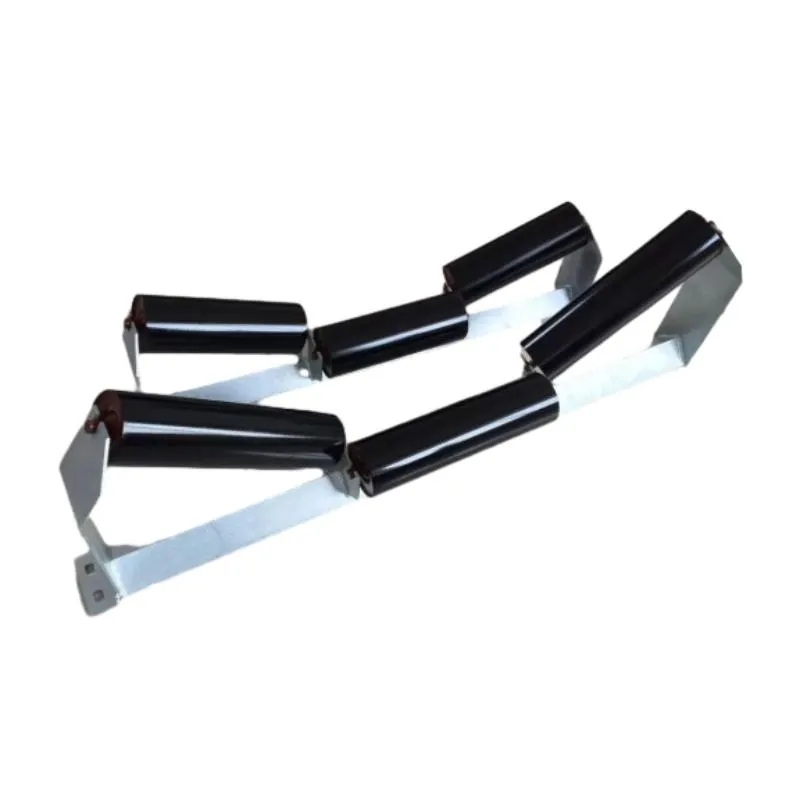 Afrikaans
Afrikaans  Albanian
Albanian  Amharic
Amharic  Arabic
Arabic  Armenian
Armenian  Azerbaijani
Azerbaijani  Basque
Basque  Belarusian
Belarusian  Bengali
Bengali  Bosnian
Bosnian  Bulgarian
Bulgarian  Catalan
Catalan  Cebuano
Cebuano  Corsican
Corsican  Croatian
Croatian  Czech
Czech  Danish
Danish  Dutch
Dutch  English
English  Esperanto
Esperanto  Estonian
Estonian  Finnish
Finnish  French
French  Frisian
Frisian  Galician
Galician  Georgian
Georgian  German
German  Greek
Greek  Gujarati
Gujarati  Haitian Creole
Haitian Creole  hausa
hausa  hawaiian
hawaiian  Hebrew
Hebrew  Hindi
Hindi  Miao
Miao  Hungarian
Hungarian  Icelandic
Icelandic  igbo
igbo  Indonesian
Indonesian  irish
irish  Italian
Italian  Japanese
Japanese  Javanese
Javanese  Kannada
Kannada  kazakh
kazakh  Khmer
Khmer  Rwandese
Rwandese  Korean
Korean  Kurdish
Kurdish  Kyrgyz
Kyrgyz  Lao
Lao  Latin
Latin  Latvian
Latvian  Lithuanian
Lithuanian  Luxembourgish
Luxembourgish  Macedonian
Macedonian  Malgashi
Malgashi  Malay
Malay  Malayalam
Malayalam  Maltese
Maltese  Maori
Maori  Marathi
Marathi  Mongolian
Mongolian  Myanmar
Myanmar  Nepali
Nepali  Norwegian
Norwegian  Norwegian
Norwegian  Occitan
Occitan  Pashto
Pashto  Persian
Persian  Polish
Polish  Portuguese
Portuguese  Punjabi
Punjabi  Romanian
Romanian  Russian
Russian  Samoan
Samoan  Scottish Gaelic
Scottish Gaelic  Serbian
Serbian  Sesotho
Sesotho  Shona
Shona  Sindhi
Sindhi  Sinhala
Sinhala  Slovak
Slovak  Slovenian
Slovenian  Somali
Somali  Spanish
Spanish  Sundanese
Sundanese  Swahili
Swahili  Swedish
Swedish  Tagalog
Tagalog  Tajik
Tajik  Tamil
Tamil  Tatar
Tatar  Telugu
Telugu  Thai
Thai  Turkish
Turkish  Turkmen
Turkmen  Ukrainian
Ukrainian  Urdu
Urdu  Uighur
Uighur  Uzbek
Uzbek  Vietnamese
Vietnamese  Welsh
Welsh  Bantu
Bantu  Yiddish
Yiddish  Yoruba
Yoruba  Zulu
Zulu Benefits of Rubber Lagging on Conveyor Pulleys for Enhanced Performance and Durability
Rubber Lagging for Conveyor Pulleys Enhancing Performance and Durability
Conveyor systems play a crucial role in various industries, from mining and heavy manufacturing to food processing and logistics. At the heart of these systems are the pulleys, which are essential components that guide and control the belt's movement. To further improve their performance and longevity, rubber lagging is often employed on conveyor pulleys. This article explores the reasons for using rubber lagging, its benefits, and important considerations for its implementation.
What is Rubber Lagging?
Rubber lagging involves covering the surface of a conveyor pulley with a layer of rubber material. This application serves multiple purposes, including enhancing grip, protecting the pulley from wear, and improving overall efficiency. Rubber lagging is available in various formulations, thicknesses, and textures, allowing for customization based on specific operational requirements. The choice of rubber material can also evolve, accommodating conditions like temperature fluctuations, chemical exposure, or heavy loads.
Benefits of Rubber Lagging
1. Improved Traction One of the primary advantages of rubber lagging is the significant improvement in traction between the pulley and the conveyor belt. Enhanced friction reduces slippage while the conveyor is in operation. This increased grip not only ensures that materials are transported efficiently but also minimizes wear and tear on the belt itself, reducing downtime and maintenance costs.
2. Wear Resistance Conveyor pulleys are subjected to significant wear and tear over time due to constant exposure to mechanical stress, abrasion, and environmental factors. Rubber lagging acts as a protective barrier, shielding the underlying metal pulley from damage and corrosion. By preventing premature wear of the pulley, rubber lagging extends its lifespan and reduces the necessity for costly replacements.
3. Noise Reduction The installation of rubber lagging can also contribute to a quieter operating environment. The rubber material absorbs vibrations and noise generated during the conveyor’s operation, creating a more pleasant work atmosphere. This is particularly beneficial in facilities that prioritize employee comfort or operate in densely populated areas.
4. Impact Absorption When material drops onto the conveyor belt, it can cause a significant impact that reverberates through the system. Rubber lagging helps absorb these shocks, which protects both the pulleys and the belt. By reducing the impact forces on the structure, it enhances the overall durability of the conveyor system.
rubber lagging for conveyor pulley

5. Temperature Resistance Certain formulations of rubber lagging are designed to withstand both high and low temperatures, making them suitable for a range of industrial applications. This thermal resilience ensures that the lagging will not degrade under extreme conditions, maintaining functional integrity and safety in the long term.
Considerations for Implementation
While the benefits of rubber lagging are significant, several considerations must be taken into account for effective implementation
- Selection of Material Different environments may require specific types of rubber. For instance, in environments exposed to ozone or harsh chemicals, selecting a chemically resistant material is crucial. Additionally, the hardness and texture of the rubber can be manipulated to achieve optimal traction and wear characteristics.
- Proper Installation The effectiveness of rubber lagging largely depends on its installation. Improperly installed lagging may lead to misalignment, reduced performance, and uneven wear. Engaging experienced professionals for the installation process is fundamental to ensure longevity and effectiveness.
- Regular Maintenance While rubber lagging offers many benefits, it is not a permanent solution. Regular inspections and maintenance are necessary to identify signs of wear or damage. Prompt repairs or replacements can prevent larger issues down the line.
- Cost Considerations Although the initial investment in rubber lagging may be higher than using bare metal pulleys, the long-term savings from reduced maintenance and longer equipment life often outweigh these costs. Companies need to evaluate their specific circumstances to make informed decisions.
Conclusion
Incorporating rubber lagging on conveyor pulleys is a strategic choice that can greatly enhance the efficiency and durability of conveyor systems. With improved traction, wear resistance, noise reduction, and impact absorption, businesses can enjoy smoother operations and a reduction in operational costs. However, to maximize the advantages of rubber lagging, companies must carefully select the appropriate materials, ensure proper installation, and commit to regular maintenance. Ultimately, as industries continue to seek ways to optimize their processes, rubber lagging will remain an essential component of conveyor technology.
-
Revolutionizing Conveyor Reliability with Advanced Rubber Lagging PulleysNewsJul.22,2025
-
Powering Precision and Durability with Expert Manufacturers of Conveyor ComponentsNewsJul.22,2025
-
Optimizing Conveyor Systems with Advanced Conveyor AccessoriesNewsJul.22,2025
-
Maximize Conveyor Efficiency with Quality Conveyor Idler PulleysNewsJul.22,2025
-
Future-Proof Your Conveyor System with High-Performance Polyurethane RollerNewsJul.22,2025
-
Driving Efficiency Forward with Quality Idlers and RollersNewsJul.22,2025





























